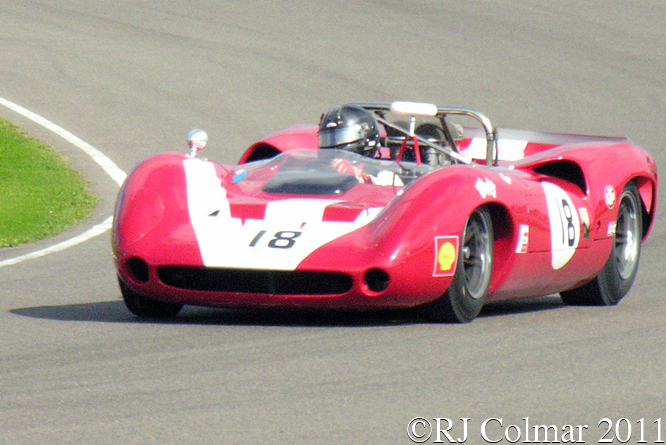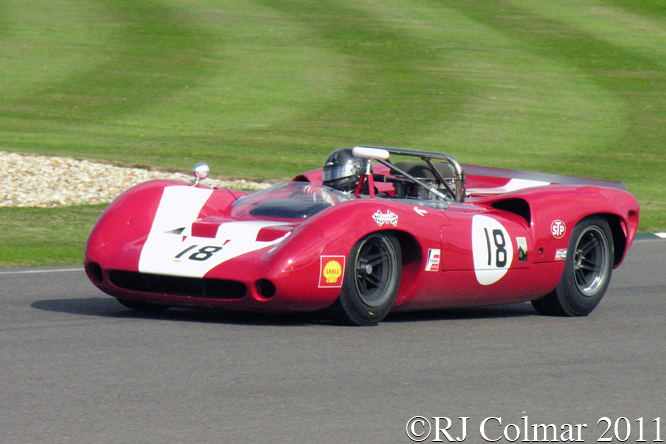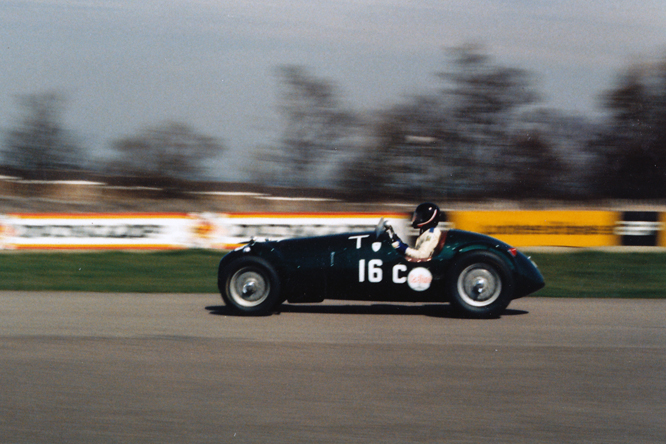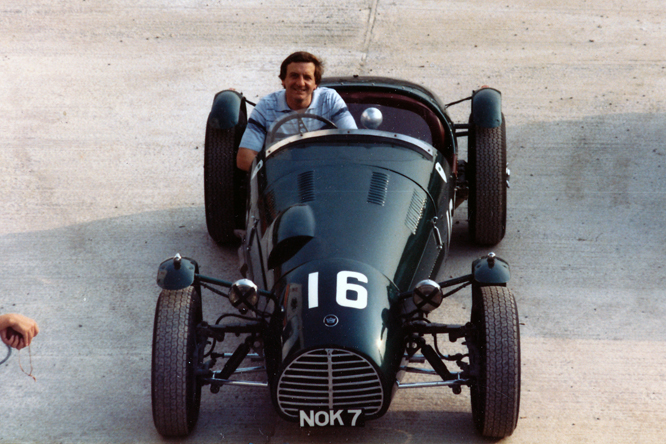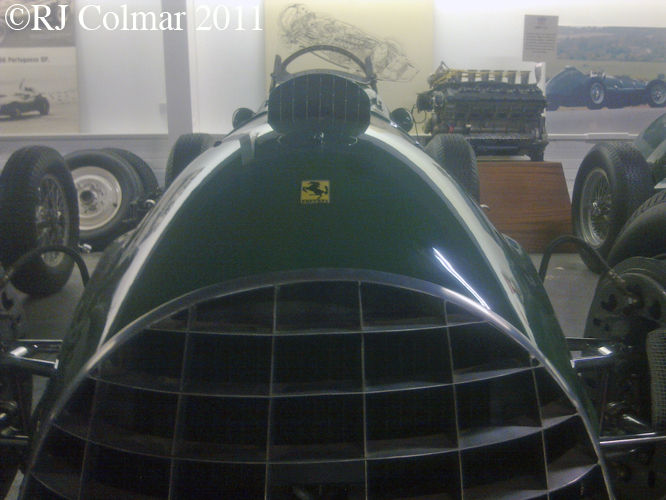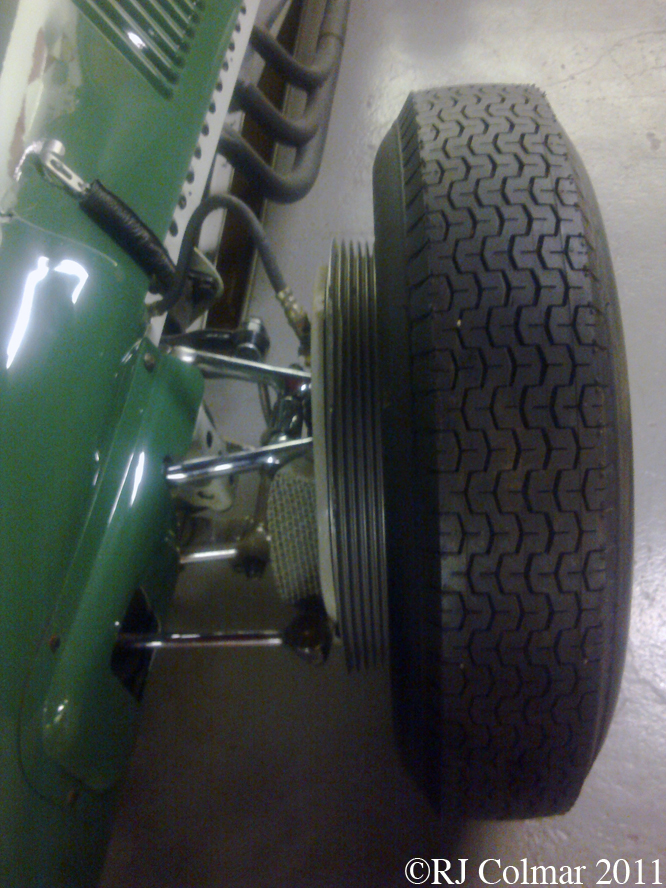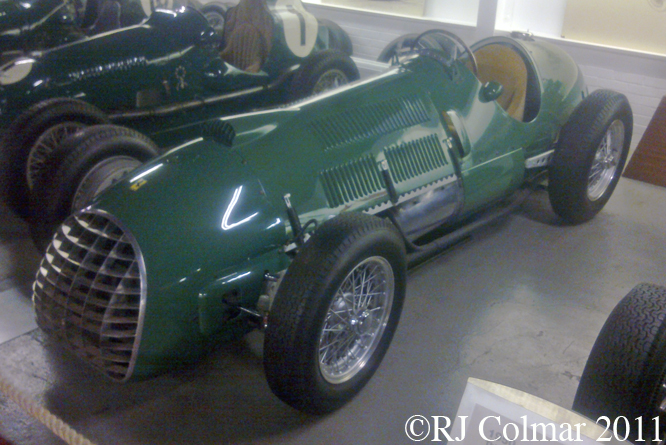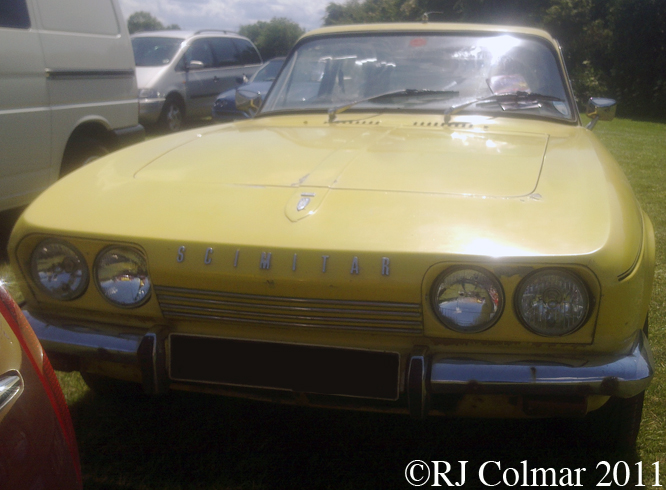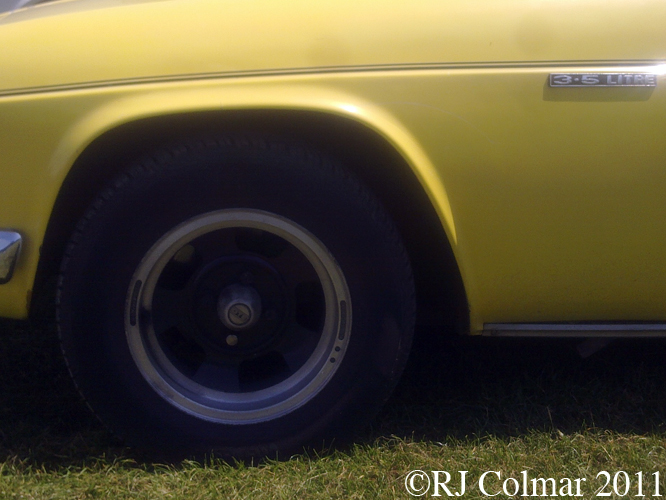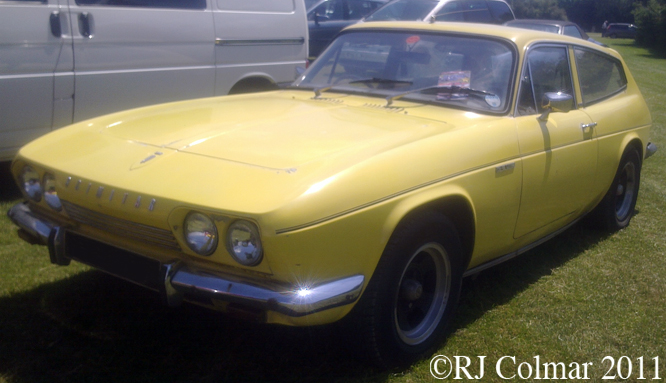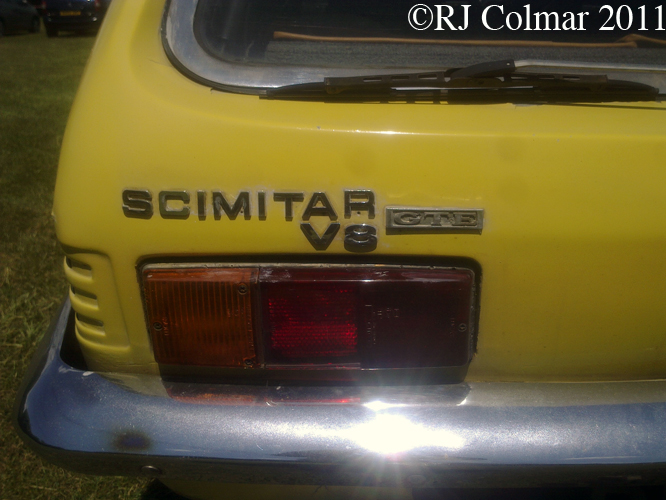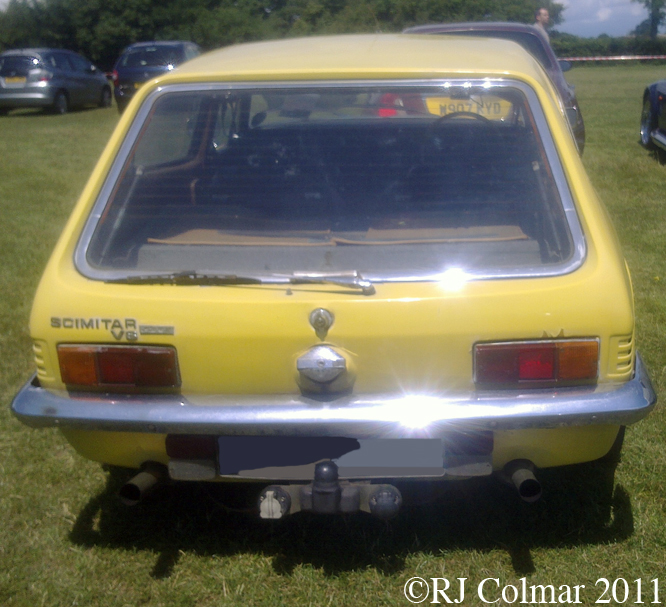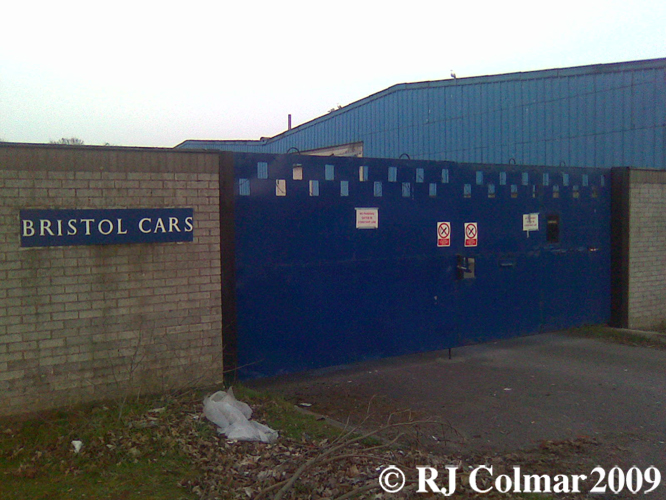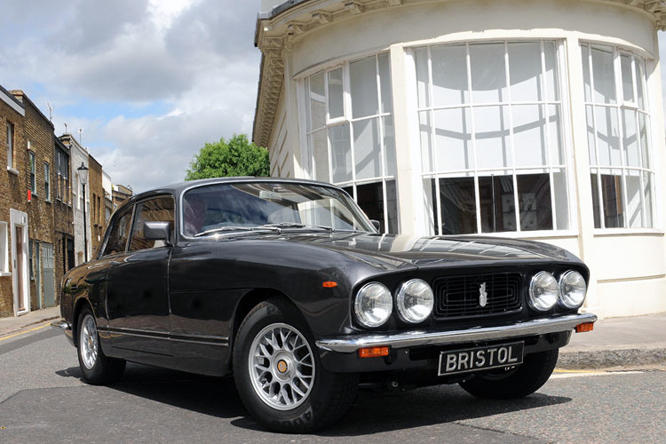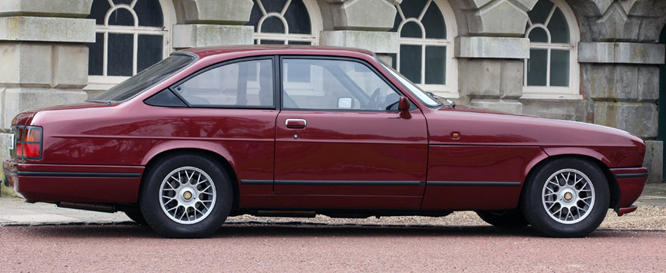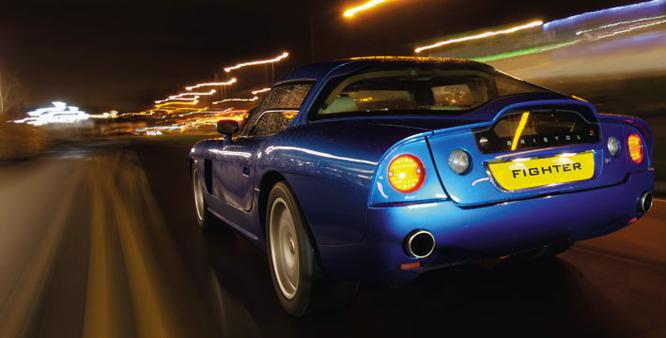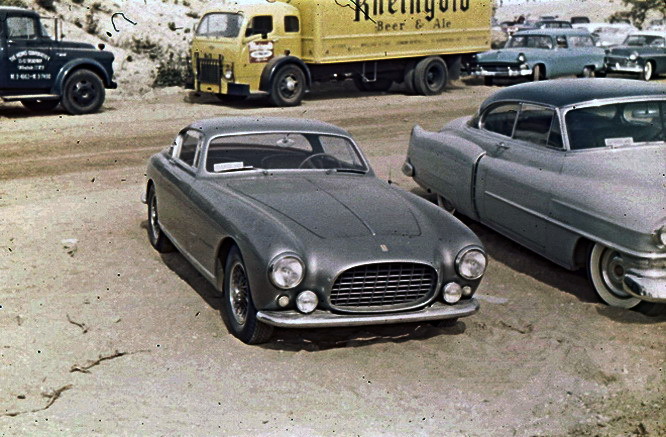With the mandating of 3.5 litre / 213.5 cui piston engines for the 1992 World Sports Car Championship Mazda were left with no choice but to abandon their rotary powered 787B which won the 1991 Le Mans 24 Hours.
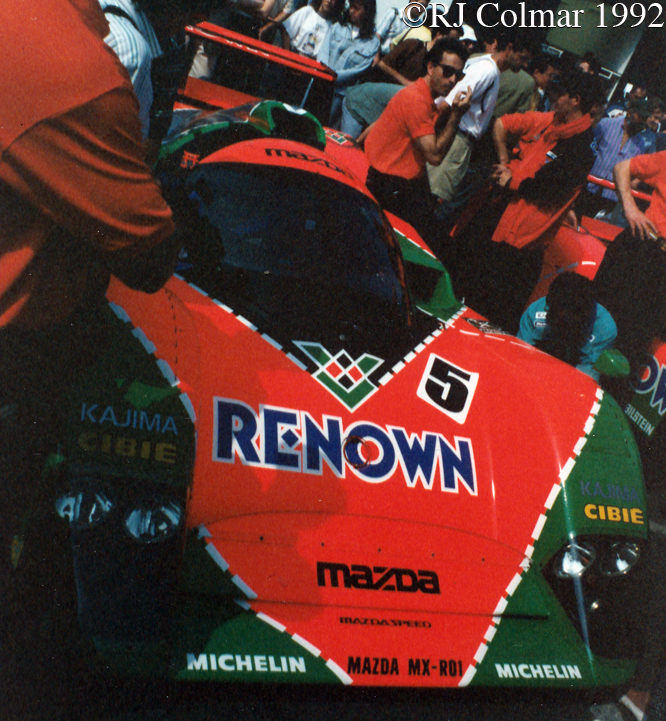
With insufficient funds to develop a new motor and or chassis they bravely decided not to abandon sports car racing altogether and elected instead to buy a suitable V10 from Judd Engine Developments and modify chassis bought from Tom Walkinshaw Racing that had been designed by Ross Brawn and run the previous year as the 1991 Championship wining Jaguar XJR14 with a Jaguar badged Ford HB V8.
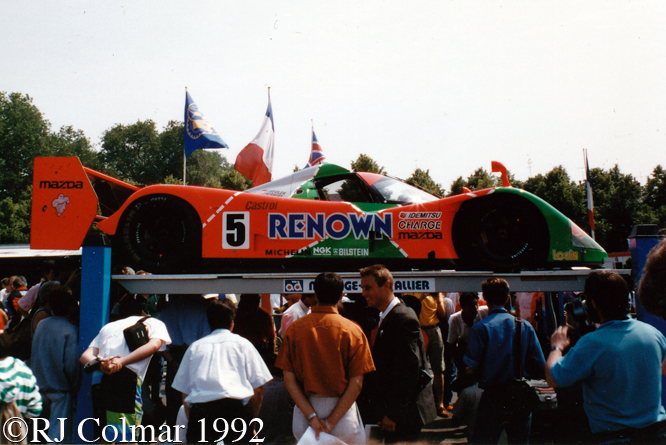
Five Mazda MV10 powered Mazda MX-R01’s were built; chassis #001 was used exclusively in the Japanese Sports Car Series, #002 was a spare test car taken to Le Mans, #003 was another spare test car taken to Le Mans, today’s featured #004 raced in the whole 1992 World Sports Car Championship and #005 was only raced at Le Mans.
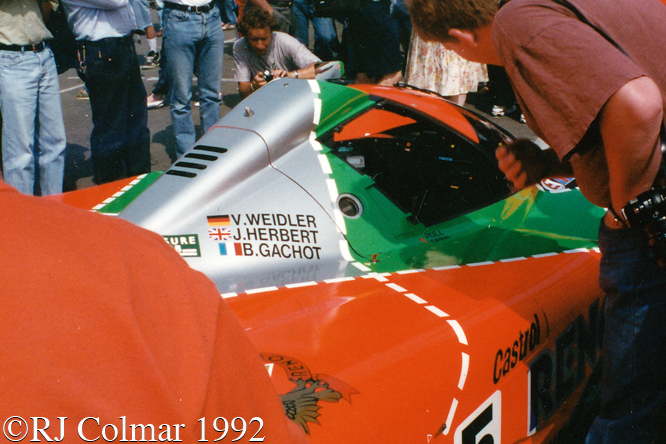
The MX-R01 made it’s debut in the 1992 Japanese Sports Car series at Suzuka where Youjirou Terada and Takashi Yorino drove chassis #001 to finish 7th from 8th on the grid in the 500 km race. Volker Weidler and Brazilian Maurizio Sandro Sala then drove #004 on it’s European debut at Monza where they retired with engine failure after starting from 7th on the grid.
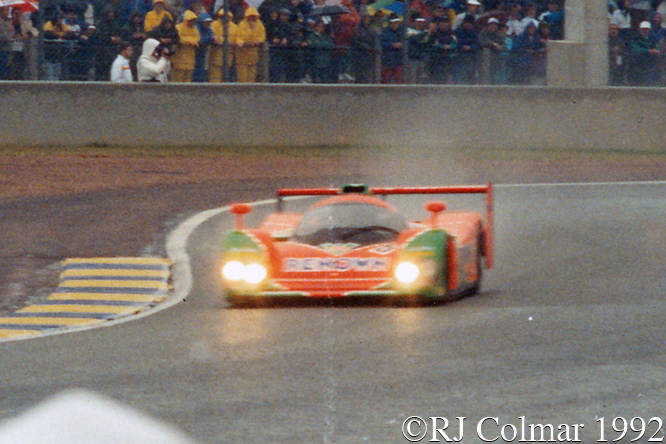
For the Fuji 1000 kms Youjirou Terada, Takashi Yorino and Maurizio Sandro Sala qualified #001 8th but also retired with engine failure, before #004 scored the teams best result of the season in the BRDC Empire Trophy at Silverstone where Maurizio Sandro Sala and Johnny Herbert finished second from 7th on the grid.
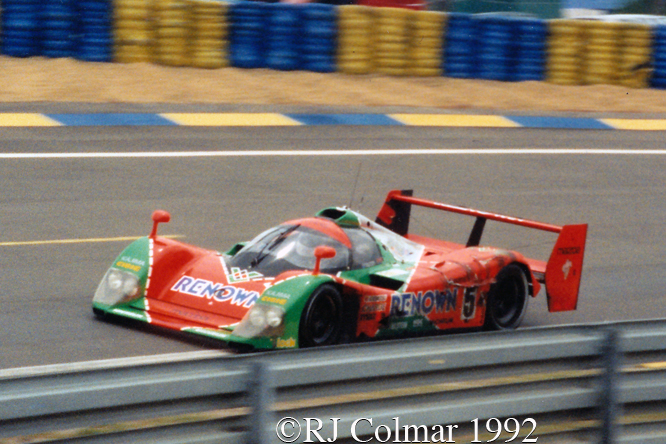
Chassis #005 driven by Maurizio Sandro Sala, Takashi Yorino and Yojiro Terada qualified 10th at Le Mans, but retired with accident damage after 124 laps which allowed Sala to join Volker Weidler, Johnny Herbert and Bertrand Gachot in chassis #004 that started 7th on the grid and finished 4th, 16 laps down on the winning Peugeot, having lead itself briefly led during the opening hours of the race.
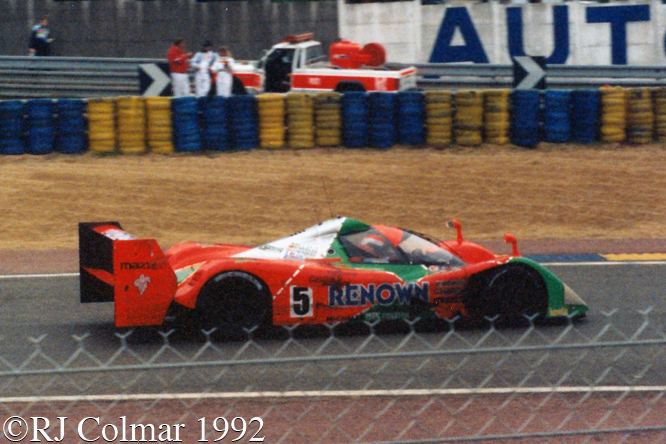
Over the remaining World Sports Car Championship season #004 finished 5th at Donington and 6th at Magny Cours with Sala and Alex Caffi at the wheel, posting a retirement with gearbox failure at Suzuka when Takashi joined Maurizio and Alex in the cockpit.
In the Japanese series Takashi Yorino and Youjirou Terada finished a season high 7th in the Fuji 1000kms, Mazda finished 3rd in the final 1992 World Sportscar Championship standings and 2nd in the final 1992 All Japan Sports Prototype Championship standings.
Mazda withdrew from sportscar racing at the end of the 1992 season and the World Sportscar Championship was cancelled in 1993 with only Peugeot willing to compete in the series.
Thanks for joining me on this “The Jaguar Judd” edition of “Gettin’ a li’l psycho on tyres” I hope you will join me again tomorrow when I’ll be looking at this years Le Mans LMP2 winner. Don’t forget to come back now.


